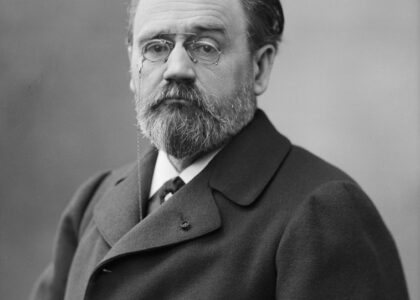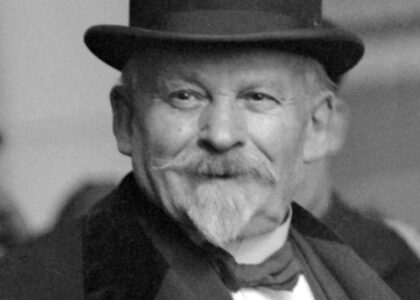Welcome to Harrison, Arkansas, a town with a rich tapestry of history and culture that has evolved over more than a century. This charming locale, nestled in the Ozark Mountains, offers a glimpse into the past with stories of resilience, growth, and transformation.
Harrison was founded in 1869 by Union General M. LaRue Harrison, for whom the town is named. The site was chosen for its strategic location along Crooked Creek and its proximity to the Butterfield Overland Mail route, which was pivotal for communication and transportation in the 19th century. Initially, Harrison was a small settlement with a focus on agriculture, but it quickly grew as a hub of commerce and trade.
The town’s early years were marked by the tumultuous aftermath of the Civil War. In 1905, a significant event known as the ‘Harrison Race Riot’ occurred, which led to a major demographic shift in the town. This event, a dark chapter in Harrison’s history, serves as a reminder of the racial tensions that plagued many parts of the United States during this period.
As you explore Harrison, you might imagine the bustling market days of the late 1800s when goods from local farms were traded in town squares, or the lively social gatherings at the Lyric Theater, built in 1929, which still stands as a testament to the town’s cultural resilience.
In the early 20th century, Harrison became a focal point for the timber industry, benefiting from the surrounding rich natural resources. This economic boost led to infrastructure improvements and the establishment of key institutions, such as the Boone County Courthouse, a historic building that remains central to the city’s administration.
Harrison played a role in the broader historical context during the Great Depression and World War II. The town contributed to the war effort through its local industries and saw significant population changes as families moved in search of work and better opportunities.
One of the notable figures associated with Harrison is Bill Clinton, the 42nd President of the United States, who visited the town during his political campaigns. His visits highlighted Harrison’s importance in the political landscape of Arkansas.
Today, Harrison is known for its beautiful natural landscapes, including the Buffalo National River, which attracts outdoor enthusiasts from all over. The town holds an annual Crawdad Days festival, celebrating its community spirit and cultural heritage with music, food, and fun activities.
In reflecting on its past, Harrison has made strides toward a more inclusive future. The community is actively working to address its history and promote diversity and understanding among its residents.
Harrison’s story is one of transformation, reflecting the broader American narrative of change and growth. As you leave this town, consider how its history has shaped the present and how its people continue to build a legacy for future generations.






